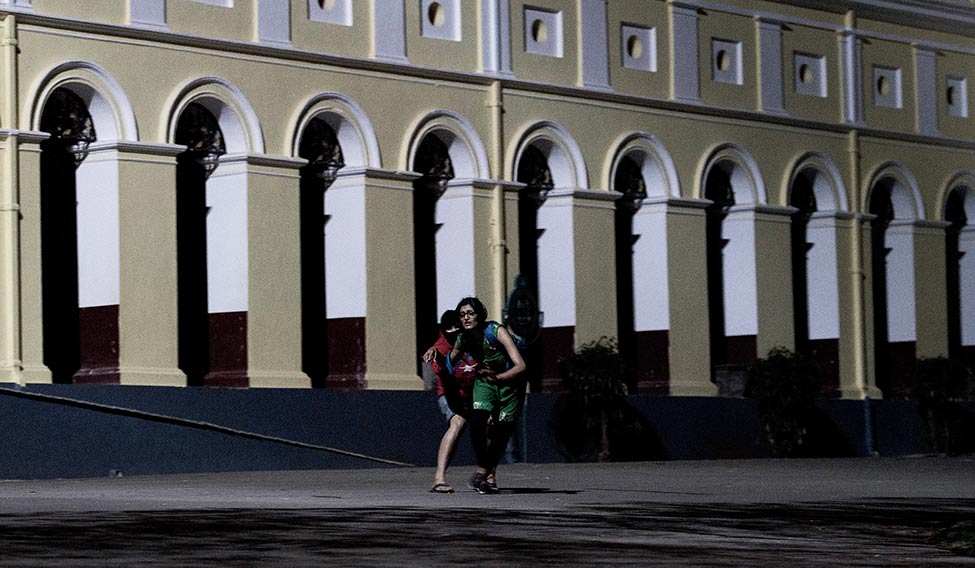To call woman the weaker sex is a libel; it is man’s injustice to woman.
Mahatma Gandhi
Documenting reality through visuals is my profession. The combination of journalism and visual arts, which I studied as a student of fine arts, helped me add my own language to photojournalism.
Most of the time, I do challenging assignments with ease. But my latest project was not an easy one. With the increasing instances of attacks against women, I decided to do a visual feature to highlight one of the critical issues of our times. Taking pictures of victims, however, would only present them as survival stories. If you want images to talk, they should capture the brutality of the crime itself. So far, we have seen only blurry images, often from CCTV footages, of some of these crimes. Often, stories feel distant and read like fiction. So, it was my intention to capture live images of attacks against women.
Yet, even as days passed, I did not witness any such incident, although crimes against women have been occurring with alarming regularity. It was then I decided to do an artistic interpretation of the issue, instead of a routine photo feature. These pictures are the result of an art project involving volunteers and not purely a journalistic body of work.

Initially I discussed the idea with a few of my female friends, about how ‘image making’ is a very important part of such campaigns in the new world. What kind of images can capture the attention of the general public and authorities even at a glance? They had no idea. I then sought the help of my painter friends and we came up with the idea of recreating common scenarios where women have been assaulted or been vulnerable to danger. My female friends showed no interest in the project. They were kind of scared. I then realised that it is traumatic even to imagine a mock attack.
I met hundreds of women of all ages and tried convincing them into participating in the mock assault. We informed the volunteers about the mock attacks months in advance and then subjected them to a few seconds of surprise attacks by their friends or acquaintances, who would be wearing masks. Within a few seconds, the masks would come off and the victims would be reminded about the project. As photographer, I would remain hidden, capturing the response of the victims and also the onlookers.
To my surprise, only five people finally came forward and they all were college students in their 20s. The rest backed off, some of them after assuring participation. In most of the cases, the victims received no help and were vulnerable to harm. None of them screamed, except one. Some of them tried to run away to safety. I asked one of the girls why she did not even scream. “I was so panicked and blanked out that I forgot to scream,” said Pavitra, a BCom student. “All I could do was to try to hit back.” Two of the girls were brave enough to fight back. I saw two onlookers who did not even bother to ask what was going on.
While preparing to capture one of the ‘premeditated attacks’, I started pondering over a dilemma that photojournalists often face. If it was happening for real, how should I react as a photographer? Should I continue taking pictures like a true professional and report the reality or should I stop taking pictures and help the victim? I would have definitely tried to rescue the victim. After all, the principal aim behind taking pictures is the betterment of society. In such a situation, my primary duty is towards the victim and I am not missing anything by not taking photographs. The thought justified this project, which is just like a novel, drama or a movie, depicting imaginative scenarios to provoke certain thoughts or create an impact.
I am sure the images from this project will disturb viewers. As more and more women speak up boldly against sexual harassment through campaigns like #MeToo and #womenspreading, THE WEEK is proud to be associated with a project to spread awareness about this heinous crime.






